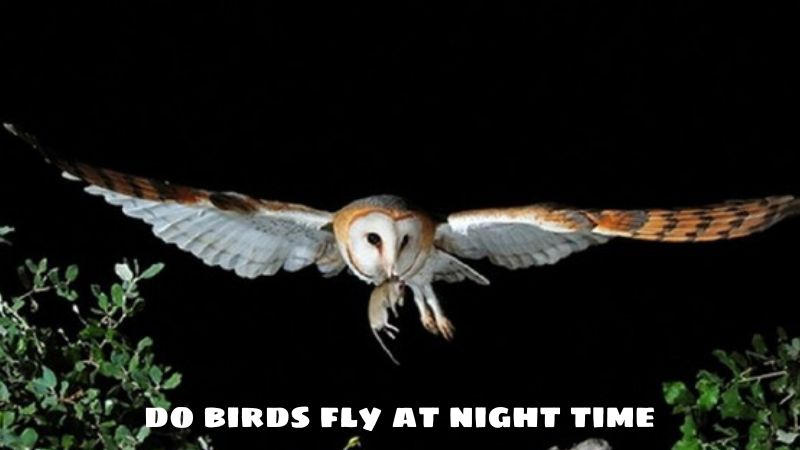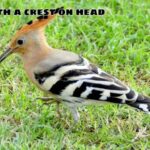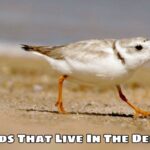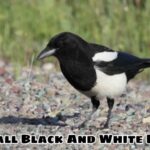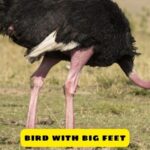Do birds fly at night time is a fascinating topic in the animal world and often evokes curiosity about creatures with the ability to navigate in the dark. Although not all birds fly at night, some species have developed adaptations to operate and hunt at this time. This ability not only helps them avoid competition with other species but also reflects nature’s flexibility and creativity in creating unique survival strategies. Let’s join Exoticbirdscorner to learn more deeply about the issue of whether birds fly at night or not!
Do birds fly at night time?
Have you ever wondered why some birds choose to fly at night instead of during the day? The mystery behind this behavior reveals their unique survival strategies and important roles in the ecosystem.
1. Dark night – A sumptuous party:
When night falls, the world of insects and small animals becomes vibrant, becoming a rich source of food for birds of prey. Thanks to their sharp eyesight and ability to fly smoothly in the dark, these “knights” easily “eat” their prey without much competition.
2. Safe haven:
For weaker birds, night is like a protective cloak, helping them hide from fierce predators like falcons or hawks, which are more active during the day. Flying at night is a smart survival strategy to protect yourself and your species.
3. Economical migration journey:
For migratory birds, flying at night helps them take advantage of favorable winds, save energy and shorten travel time. Thanks to that, they can cover long distances more effectively, ensuring their own safety and completing their migration mission.
4. Love song under the moonlight:
The night is also a romantic stage for the melodious songs of some birds. Under the shimmering moonlight, the “knights” sing loudly to attract mates, assert their territory and maintain their species.
Flying at night is not only a simple behavior but also a testament to the miraculous adaptations of birds. Thanks to these unique survival strategies, they have conquered the night sky and played an important role in ecological balance. Protecting and preserving bird habitats, including nighttime environments, is a shared responsibility for each of us to preserve biodiversity and the amazing beauty of the natural world.
Birds are active at night
Hidden behind the darkness, the bird world is still vibrant with silent “knights” – birds active at night. Below are some typical representatives:
- Owl: Famous for its large round eyes, sensitive to low light, owls are excellent “hunters” in the dark. Soft fur helps them fly smoothly, along with sophisticated hearing to detect prey even at the slightest noise.
- Owl parrots: With a unique appearance with colorful feathers and curved beaks, owl parrots are also “wanderers” in the night. They possess sharp vision, the ability to fly flexibly and echoing calls to communicate and protect their territory.
- Pig bird: Small and agile, the pig bird is the “queen of the night” with the ability to fly silently and super hearing. Thanks to these characteristics, they easily hunt insects and small animals in the dark.
In addition, there are many other species of birds that are active at night such as sharp-billed birds, masked birds, rolling birds, etc. Each species has unique adaptive characteristics to survive and develop in the environment. dark.
The presence of these “dark knights” plays an important role in balancing the ecosystem. They help control the number of insects and small animals, contributing to protecting crops and limiting diseases. Learning about and protecting these “knights” contributes to preserving biodiversity and the amazing beauty of the natural world.
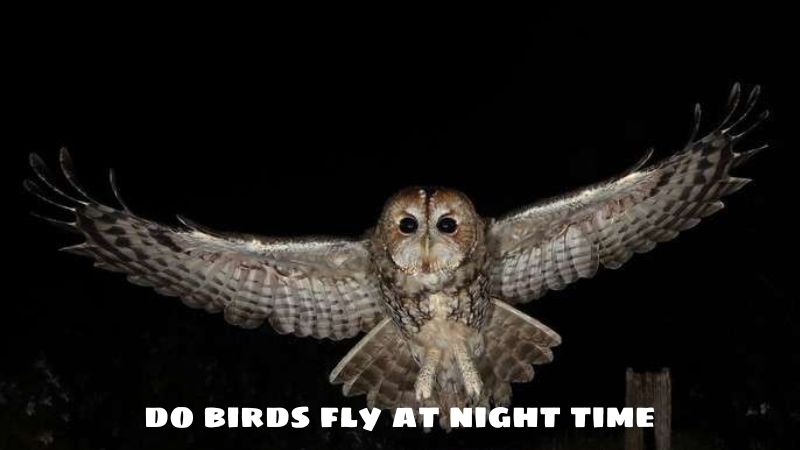
Birds are active during the day
Under the bright sun, the sky becomes a vibrant stage for colorful “hosts” – birds active during the day.
- Sparrows: Small but full of energy, sparrows fly freely, foraging in gardens, parks and residential areas. Their eyes have a special structure, adapted to strong light, making it easy to observe their surroundings and find food.
- Pigeon: With an elegant appearance and colorful plumage, the pigeon is a symbol of peace and love. Flexible flying ability helps them move easily and search for food in fields, rooftops and streets.
- Singing birds: Under the green foliage, singing birds sing melodious songs, bringing sweet sounds to nature. Their brilliant plumage not only attracts mates but also helps camouflage them in their environment.
In addition, there are many other species of birds active during the day such as swallows, crested birds, eagles, etc. Each species has unique adaptive characteristics to survive and develop in the daytime environment. day.
The presence of these “masters of the sky” plays an important role in the ecosystem. They help control the number of insects and small animals, helping to protect crops and limit diseases.
The challenge of birds flying at night
- Difficulty in locating and hunting prey: Birds’ ability to locate and observe prey at night is limited due to lack of light. They need to use other senses such as hearing and smell to compensate, leading to difficulty in hunting.
- Risk of collision with obstacles: Flying at night carries the risk of collision with obstacles such as buildings, power lines, etc. due to limited visibility. Birds need to be careful and have good positioning skills to avoid dangerous collisions.
- Affected by artificial light: Artificial light from cities and residential areas can disturb the biological compass of birds, affecting their ability to orient and move.
Flying at night offers birds many benefits in terms of food, safety and reproduction. However, they also face challenges such as difficulty in locating and hunting, the risk of collision and the effects of artificial light. Protecting bird habitats, including nighttime environments, is a shared responsibility for each of us to preserve biodiversity and the amazing beauty of the natural world.
Epilogue
Although most birds are usually active during the day to take advantage of sunlight to hunt and search for nest-building materials, there are some birds that can fly at night. These species often have special adaptations to the night environment, using sharp senses to search for prey and navigate in the dark. This shows the diversity and adaptability of the bird world to different environmental conditions.

